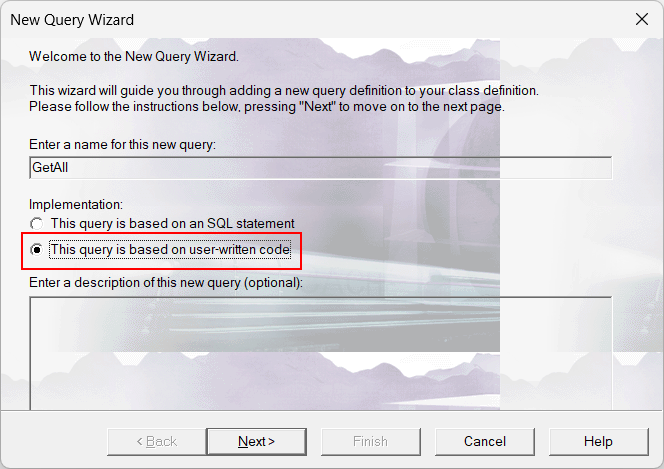In the vast and varied SQL database market, InterSystems IRIS stands out as a platform that goes way beyond just SQL, offering a seamless multimodel experience and supporting a rich set of development paradigms. Especially the advanced Object-Relational engine has helped organizations use the best-fit development approach for each facet of their data-intensive workloads, for example ingesting data through Objects and simultaneously querying it through SQL. Persistent Classes correspond to SQL tables, their properties to table columns and business logic is easily accessed using User-Defined Functions or Stored Procedures. In this article, we'll zoom in on a little bit of the magic just below the surface, and discuss how it may affect your development and deployment practices. This is an area of the product where we have plans to evolve and improve, so please don't hesitate to share your views and experiences using the comments section below.




